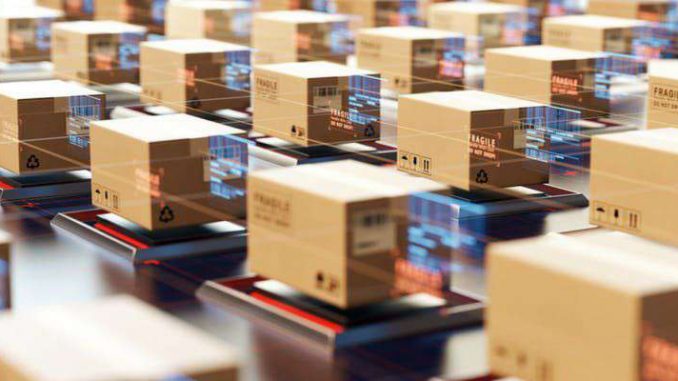
By Shruti Kedia
A helpless farmer sitting on parched land is the image that comes to most of us when we talk about farmers and rural India. Now, think a rural healthcare unit and the image changes to a helpless mother with a child at an old and dilapidated primary healthcare unit.
To break these stereotypes, social entrepreneurs, tech startups and impact investors want to leverage technology to ensure simple and automatic solutions to daily problems. A panel discussion on ‘How can technology cater to the next billion’ at YourStory’s flagship event TechSparks 2018, saw the participation of Srikant Pati, Head of Digital Strategy, CropIn Technology; Prateep Basu, Global Head – Strategy & Partnerships, SatSure; Dr Gopi Nallaiyan, Founder Trustee, Little Moppet Heart Foundation; Ritu Verma, Co-founder and Managing Partner, Ankur Capital.

“Technology has already reached remote parts of India. People in rural areas may be unpadh (illiterate), but they are not anari (dumb). They are very smart and they know what they want. If they see value in technology, they will adopt it,” said Ritu Verma, Co-founder of Ankur Capital.
Over the past decade, India has witnessed disruption in the agriculture space through technology and innovation. Agri tech startups have leveraged technology to remove uncertainties of weather and climate change through IoT and satellite imaging. Even healthcare enterprises like Little Moppet Harts Foundation have brought surgical support and tech-enabled testing to remote villages.
Innovation has helped farmers not only understand the temperament of the soil, but also gauge the crop that is most suitable to grow in the land available.
Technology is enabling rural India
While India has fertile lands, the crop yield is very limited. Srikant Pati, Head Strategist, CropIn Technologies, says:
“This is because we are not using technology efficiently. Farmers know many things. But the problem is when they grow crops, they forget how the soil temperament changed with the previous harvest.”
To bridge this data gap, CropIn Technology developed a Smart Farm app. This helps to bring affordable state of the art technology in agriculture, remotely monitor farms, make every farmer adopt the best global agricultural practicesand make every crop traceable so that harvested crops meet the global quality standards.
Technology and data analytics have also resulted in the financial stability of farmers. Over the past three years, Bengaluru-based SatSure has demonstrated a strong correlation between satellite-derived proprietary crop-related parameters and ground data, which can be exploited by the agri-insurance sector.
“While the farmer requires timely crop intelligence, crop insurance companies need highly accurate assessment of the risk involved. The satellite imaging analytics serve two purposes – First, it ensures the farmers receive a fair and immediate compensation for crop loss due to adverse climatic conditions. Second, it enables insurers to settle claims speedily due to the availability of data in near-real time without any manual intervention,” explains Prateep Basu, Co-founder of SatSure.
SatSure is building a 15-year archive of remotely sensed satellite images over the Indian subcontinent, using images from multiple satellites that have been operational since 2002.
Bringing last-mile connectivity
Dr Gopi Nalliyan, Co-founder of Little Moppet Heart Foundation and a pediatric heart surgeon, who provides financial and medical support to every child who suffers from congenital heart disease (CHD), believes the future of India lies in villages. He says,
“All that is required is education and awareness. People are ready to adopt technology. And once they see value, they will spread information about your work through word-of-mouth.”
With more startups foraying into rural India, technology and innovation is becoming more accessible and affordable, reaching remote parts of India. However, Prateep believes that India, being a diverse country, continues to suffer from development in many parts of the country.
“Access to information depends on telecom and road infrastructure. While infrastructure is very critical, it is very poor in the eastern part of India such as Jharkhand and Odisha. The cost of living and the income is not the same as the western and southern parts,” Prateep says.
Technology for the common man
Prateep says with the government’s thrust towards digitisation, things are changing. “With Jio, things have changed. There is an increased access to internet and the people in rural areas are using smartphones actively. Hence, now is the time we have to bring in all the technology convergence to create services to make it accessible, affordable, and bring it to the people who belong to the bottom of the pyramid,” he adds.
“Our country adopted BT cotton the fastest across the world. The farmers saw value and it grew like wildfire. So I think it is about understanding who is the customer and what do they want. But they lack this attitude, and I’m working to educate them on this,” Ritu concludes.
Source: YourStory.com

Leave a Reply